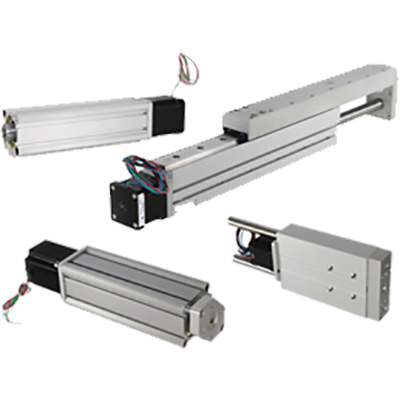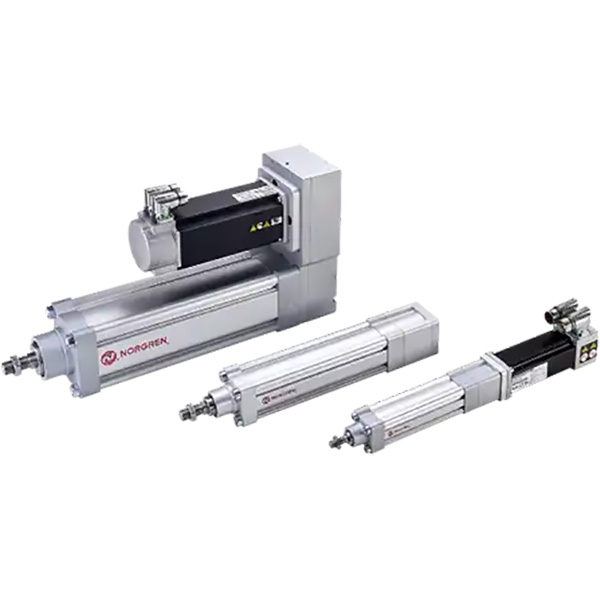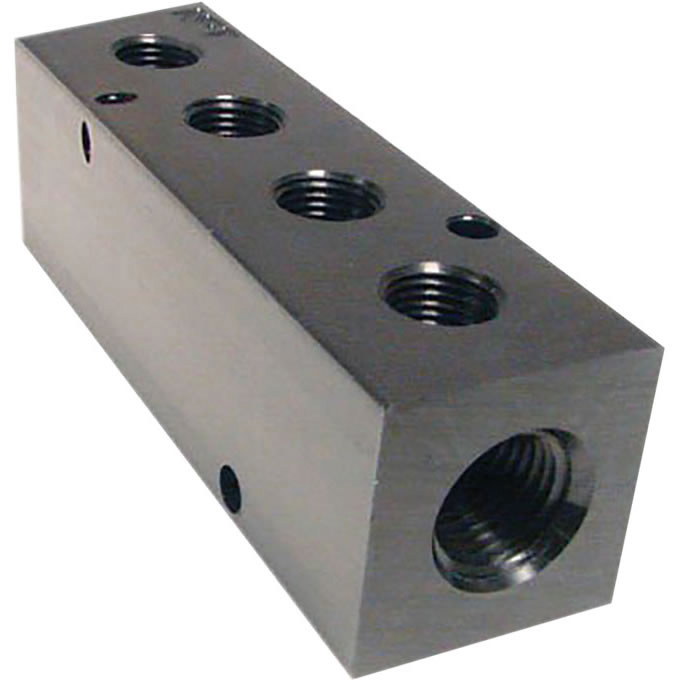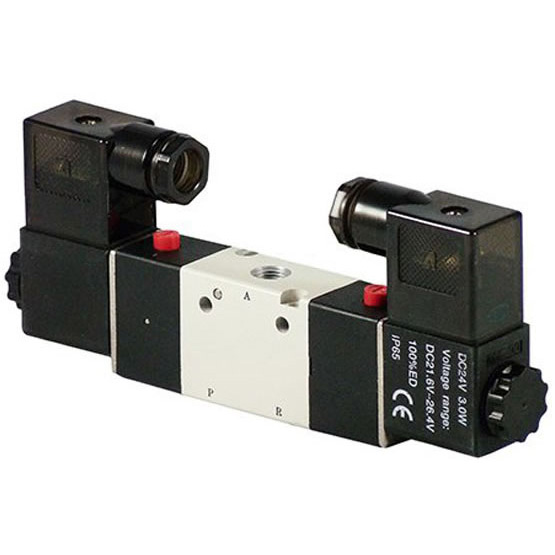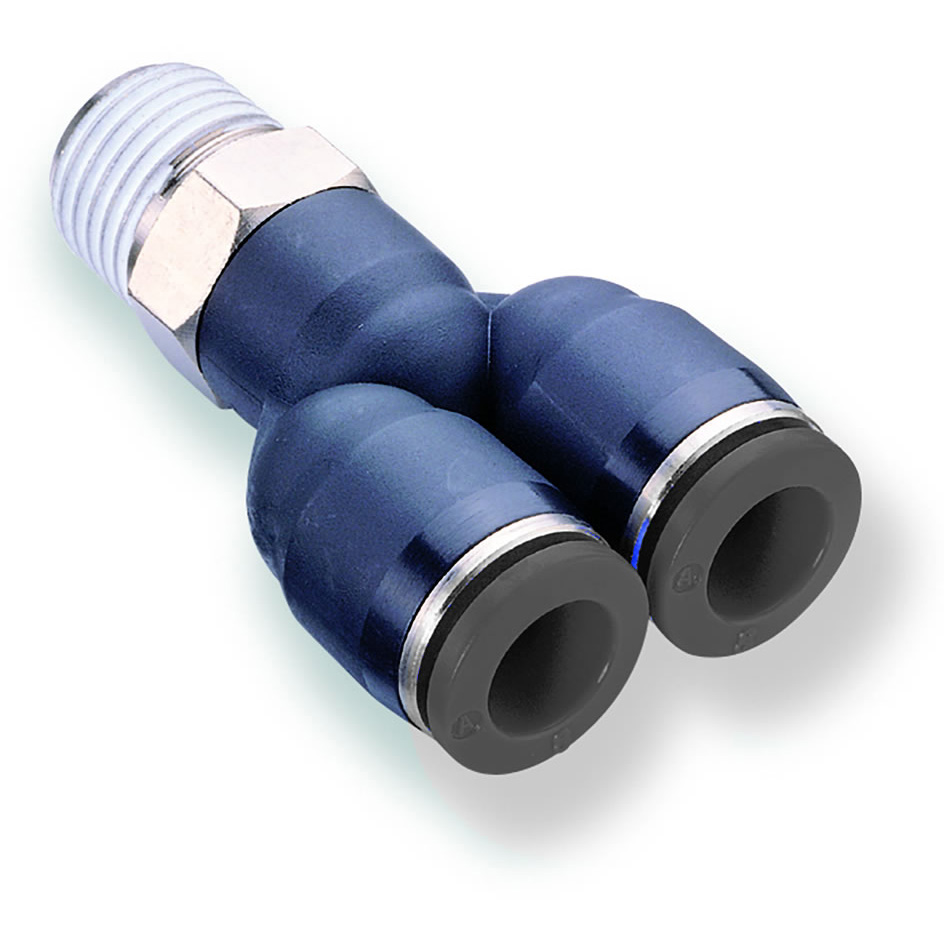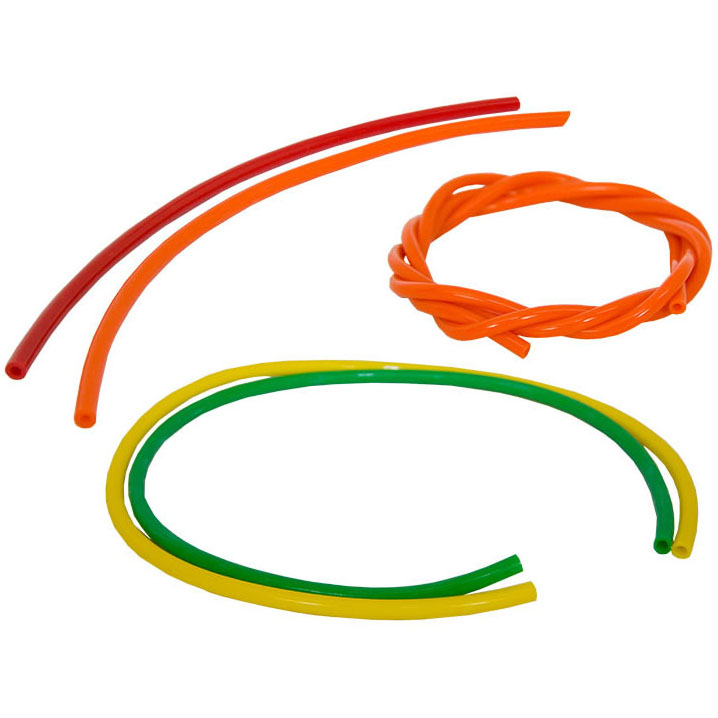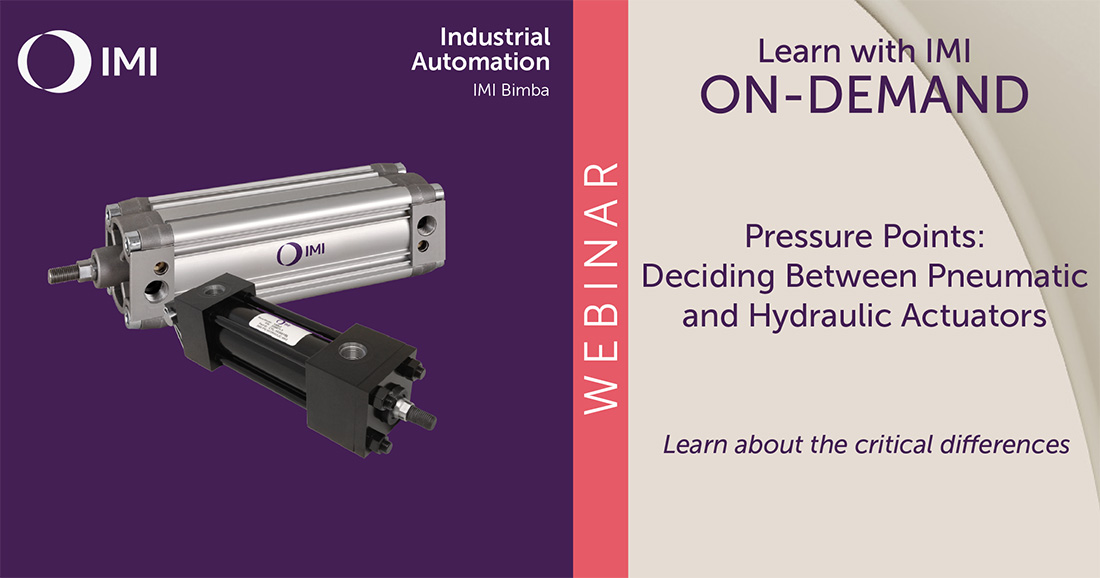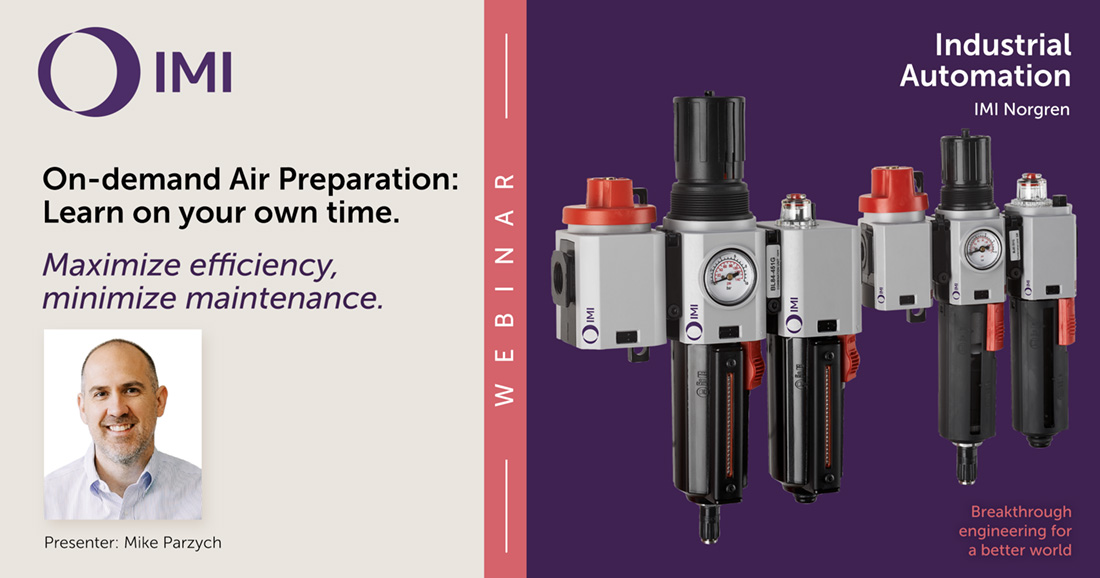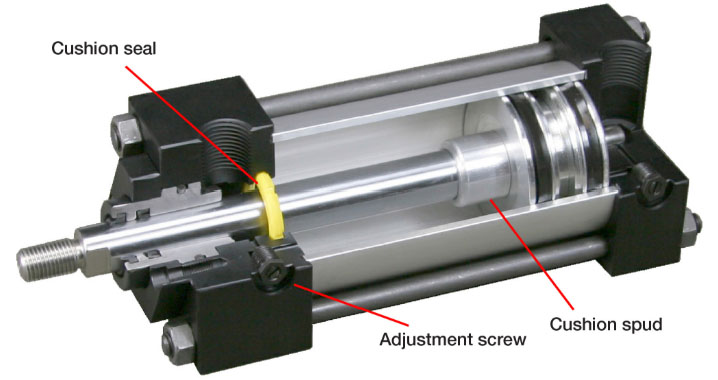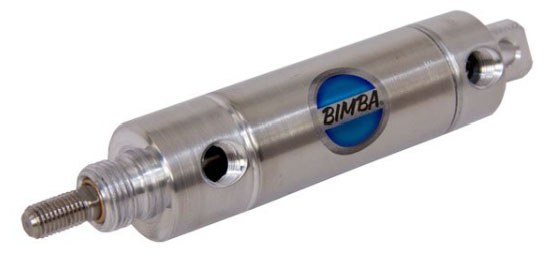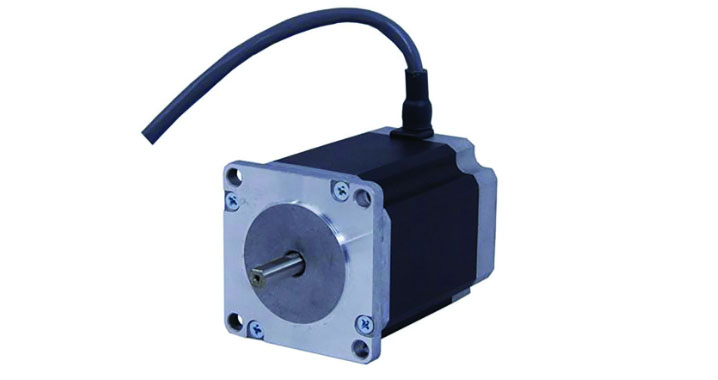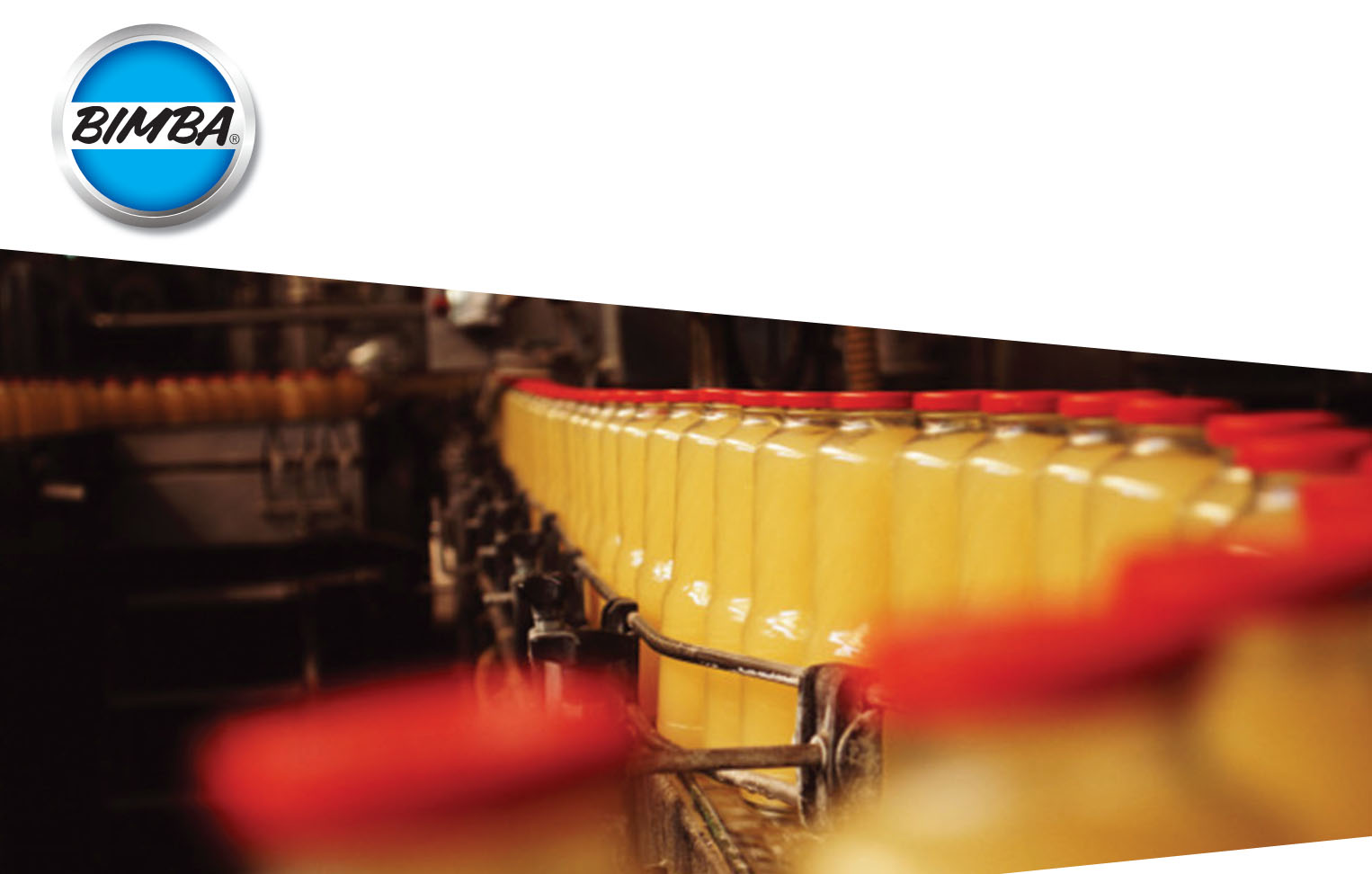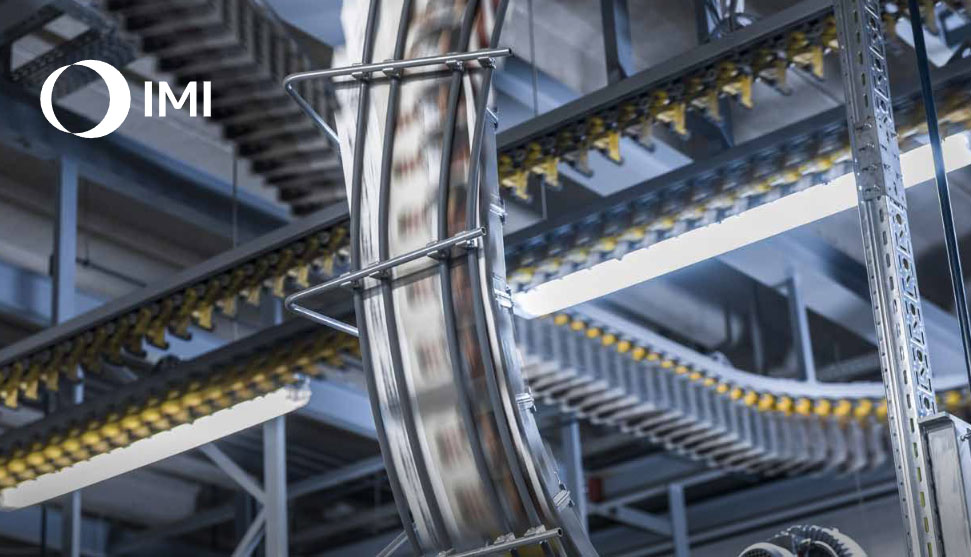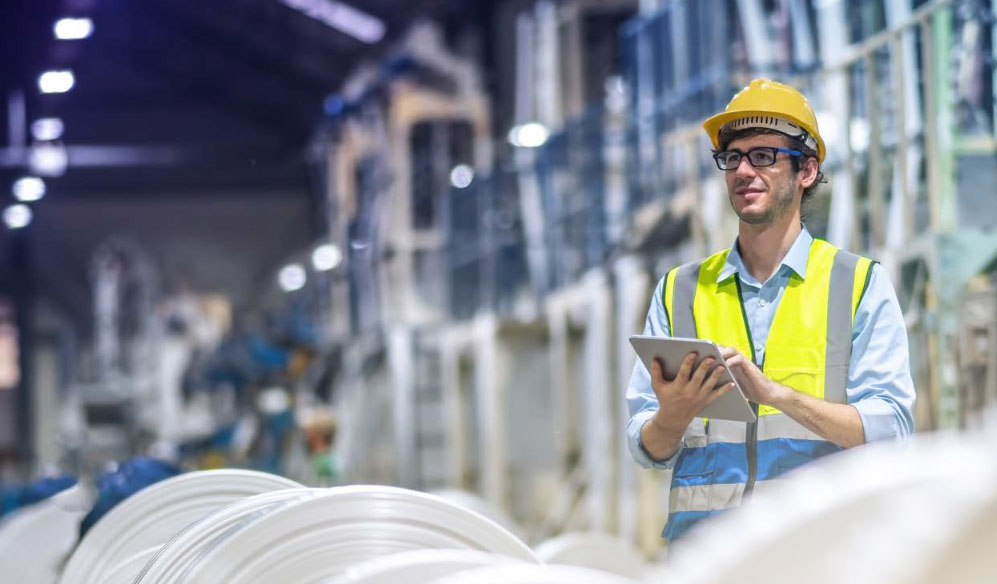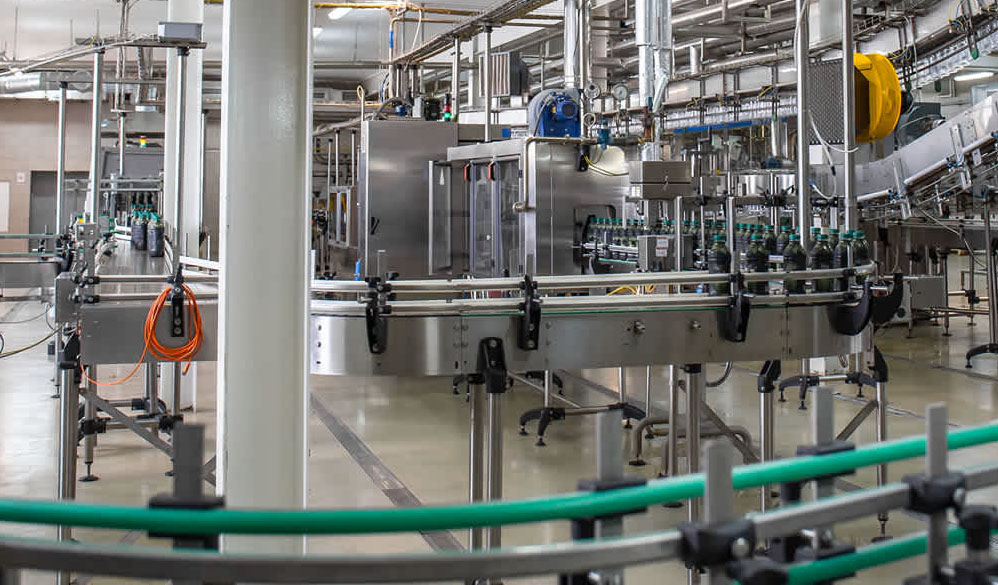IMI Bimba - products configurators & selectors

IMI Bimba - product technologies
1. Pneumatic actuators (cylinders, guided actuators, sliding tables)
(back to index)▲
1.1. Pneumatic cylinders
Bimba's pneumatic cylinders are designed to provide efficient linear motion, utilizing compressed air as the power source. These cylinders are employed in a wide range of applications, such as automation, manufacturing, and material handling systems. They may come in different types, including standard cylinders, compact cylinders, and guided cylinders, tailored to suit specific operational requirements.(back to cylinders & actuators index)▲
1.2. Pneumatic linear actuators
Pneumatic linear actuator features a revolutionary, compact design that uses conventional pneumatic technology but has the capacity to carry high loads and moments.(back to cylinders & actuators index)▲
1.2.1. Rodless actuators
1.2.2. Guided thruster
1.3. Pneumatic rotary actuators
Bimba's rotary actuators are designed to accommodate a variety of rotary motion applications.These actuators are constructed with corrosion-resistant components such as a 304 stainless steel gear shaft and cylinder bodies, along with anodized aluminum housing and end caps.(back to cylinders & actuators index)▲
1.4. Stopper cylinders
(back to cylinders & actuators index)▲
2. Electric motion
Bimba's electric motion range includes electric cylinders, linear axis and custom-built cartesian and gantry systems for multi axis applications. From improving the speed, productivity, and reliability of equipment, to generate significant energy and efficiency savings.(back to index)▲
3. Vacuum
Vacuum is used in industrial automation applications, especially handling, packaging and manufacturing. Vacuum allows varied size and shaped objects to be picked up or held without any damage or bruising to the component. Our range includes single stage and multi stage vacuum pumps, flat and bellows cups and supporting vacuum accessories.(back to index)▲
3.1. Vacuum pumps
(back to vacuum index)▲
3.2. Vacuum cups & bellows
(back to vacuum index)▲
3.3. Vacuum switches
(back to vacuum index)▲
3.4. End-of-arm-tooling (EOAT)
(back to vacuum index)▲
3.5 Other vacuum components
(back to vacuum index)▲
4. Pneumatic manifolds
Manifolds the perfect addition to your valving solutions. They allow you to consolidate a messy array of valves, tubing, and other accessories into a neat block, making installation and maintenance easy. Manifolds can be constructed from a variety of materials, including aluminum, brass, and nylon, to accommodate your application requirements.(back to index)▲
6. Valves
In line pneumatic valves are probably the most common type of valve used in industrial automation systems. In-line valves can be solenoid valves or pilot operated valves and are often referred to as directional control valves.(back to index)▲
6.1. Electrically actuated valves
Pneumatically actuated valves utilize compressed air to control operations. The actuation mechanism involves the use of pneumatic actuators, which respond to changes in air pressure to open or close the valve. This allows for quick and precise control over the fluid flow within a system.(back to valves index)▲
6.2. Pneumatically actuated valves
Pneumatically actuated valves utilize compressed air to control their operation. The actuation mechanism involves the use of pneumatic actuators, which respond to changes in air pressure to open or close the valve. This allows for quick and precise control over the fluid flow within a system.(back to valves index)▲
6.3. Manually actuated valves
Manually actuated valves are operated by manual force. This can involve turning a handwheel, rotating a lever, or pushing/pulling a handle to open or close the valve. The actuation mechanism is straightforward and relies on the physical effort of an operator.(back to valves index)▲
6.4. Mechanically actuated valves
Mechanically actuated valves are operated through mechanical means, typically involving the use of a lever, gear, or other manual mechanism.(back to valves index)▲
6.5. Soft-starting and shut-off valves
(back to valves index)▲
6.6. Flow control valves
Controlling the rate of fluid flow. Users can regulate the flow by adjusting the valve settings, allowing for precise control over the process.(back to valves index)▲
6.7. Check valves
(back to valves index)▲
6.8. Quick exhaust valves
(back to valves index)▲
7. Pneumatic fittings and tubings
(back to index)▲
7.1. Pneumatic fittings
Bimba's pneumatic fittings are available in various configurations, including straight fittings, elbow fittings, tee fittings, and cross fittings. This allows for flexibility in designing and installing pneumatic systems.(back to fittings and tubings index)▲
7.2. Pneumatic tubings
(back to fittings and tubings index)▲



